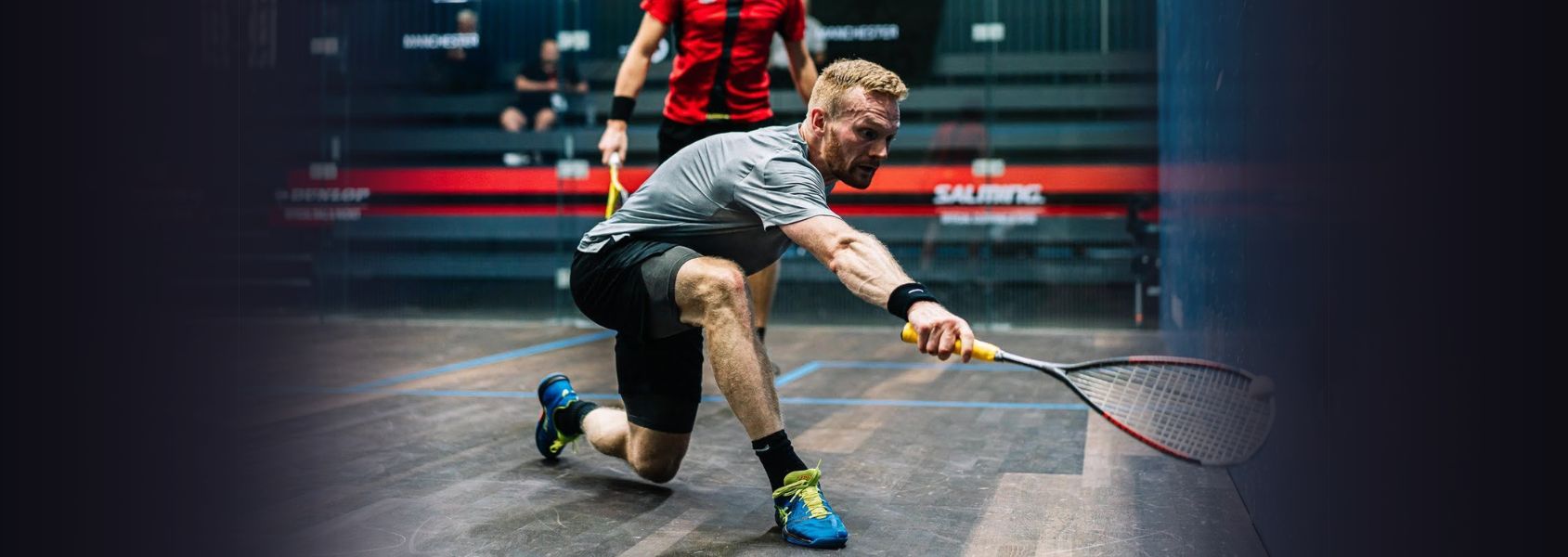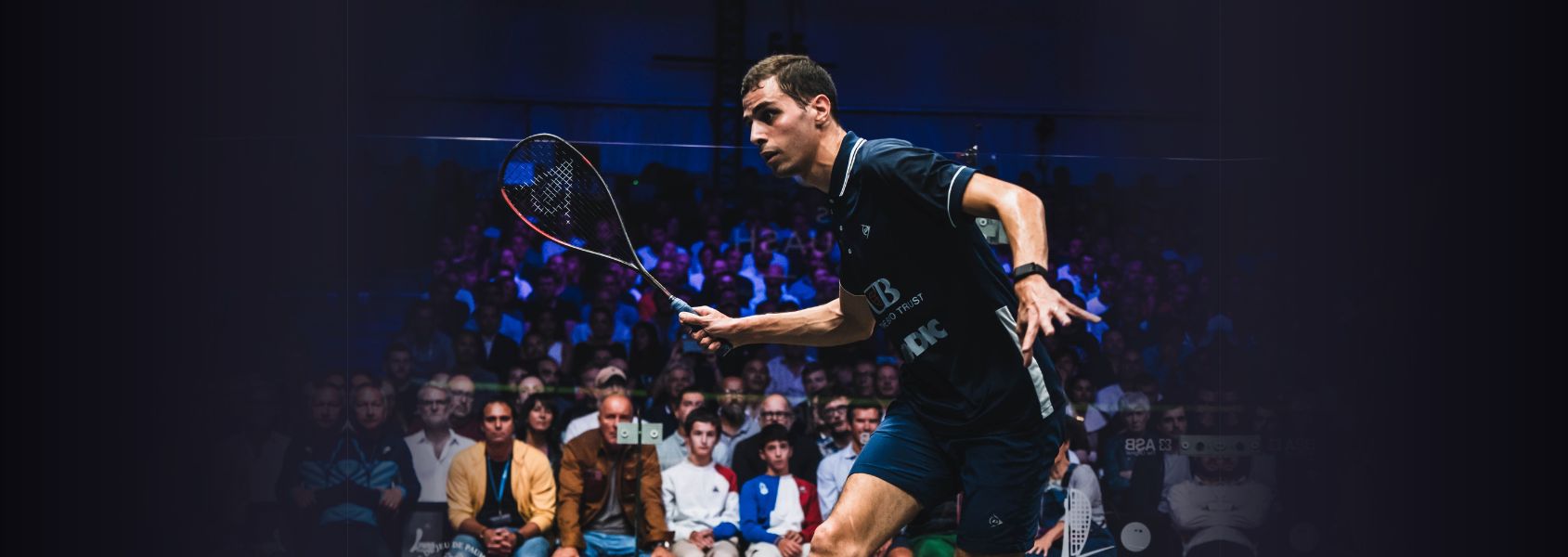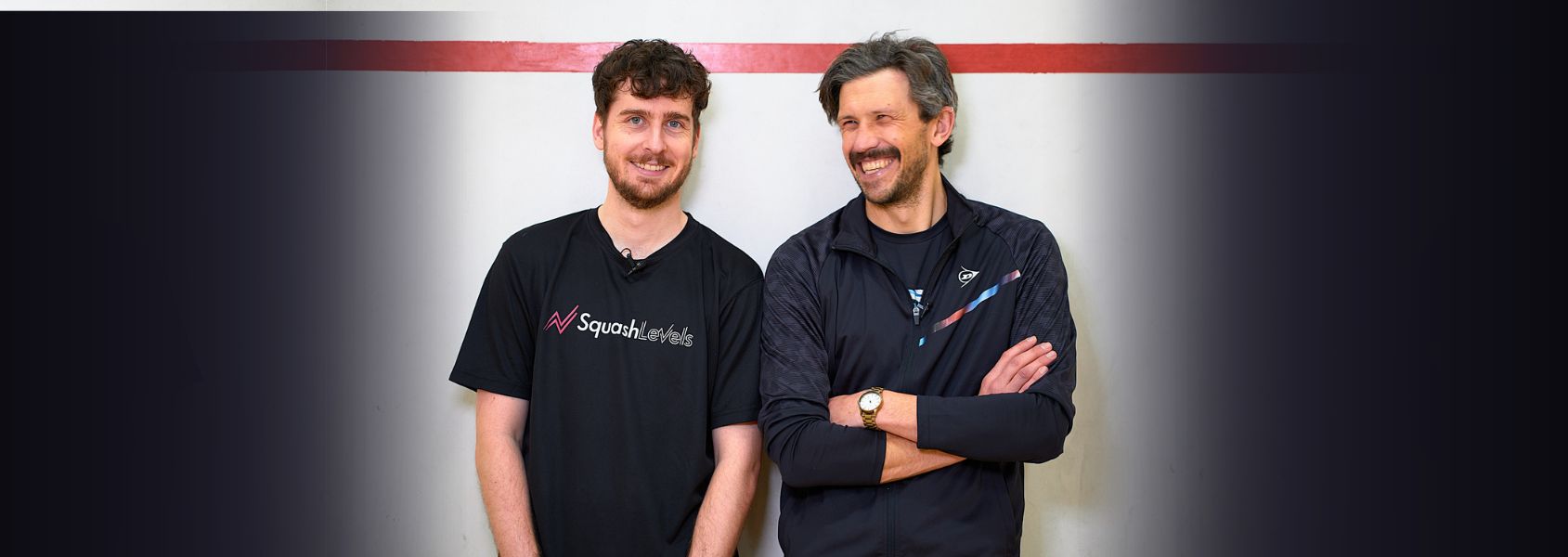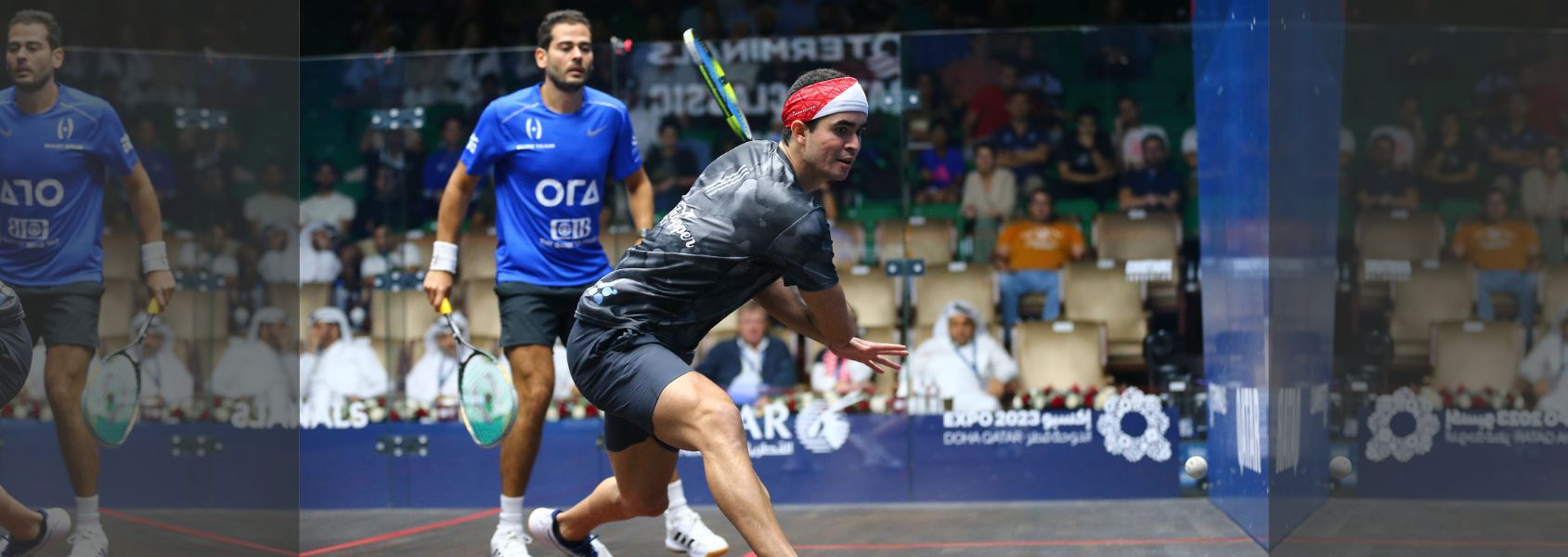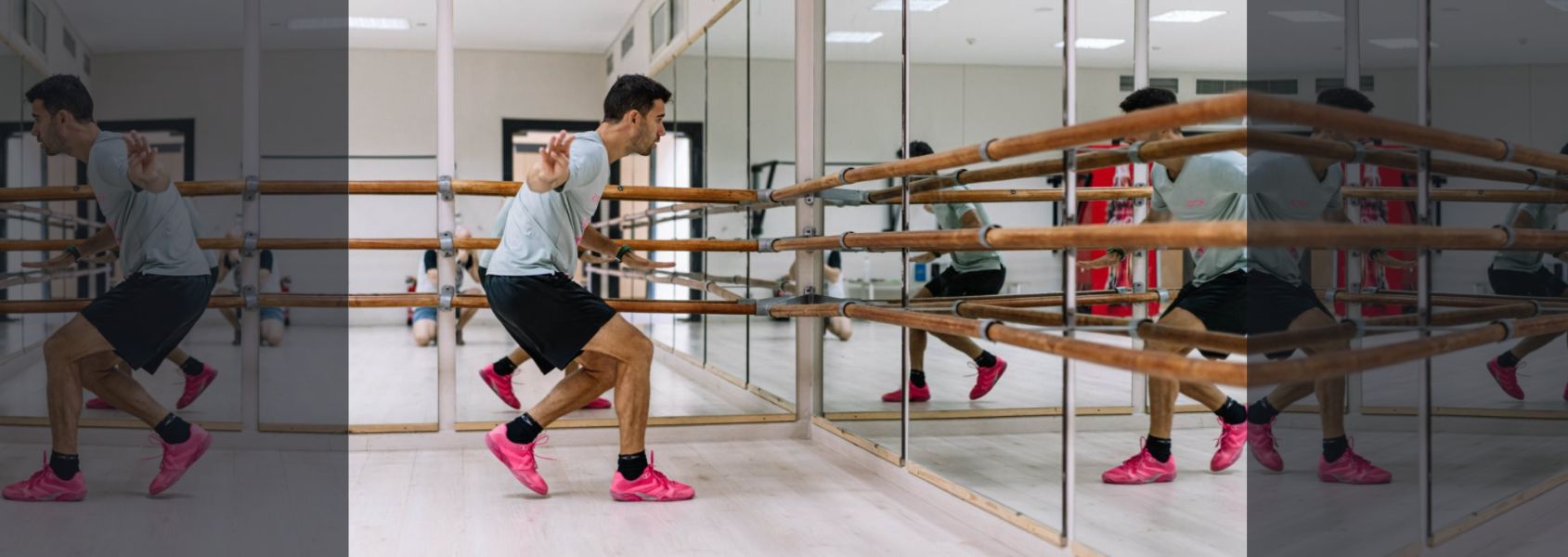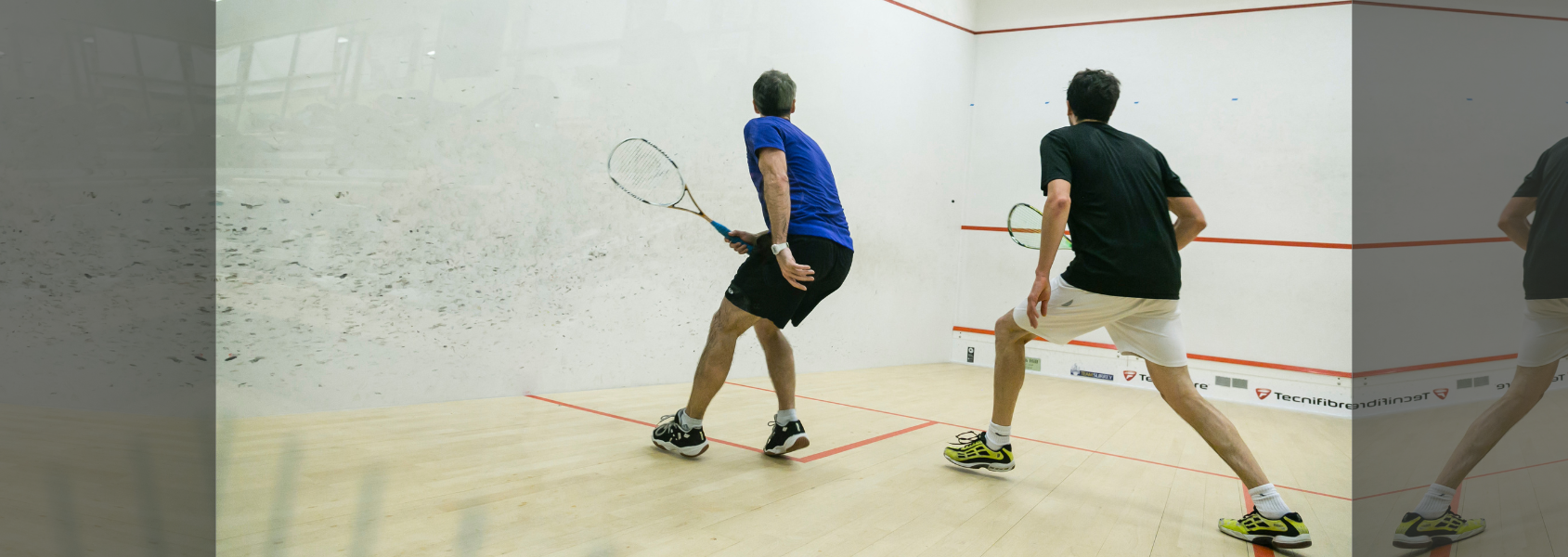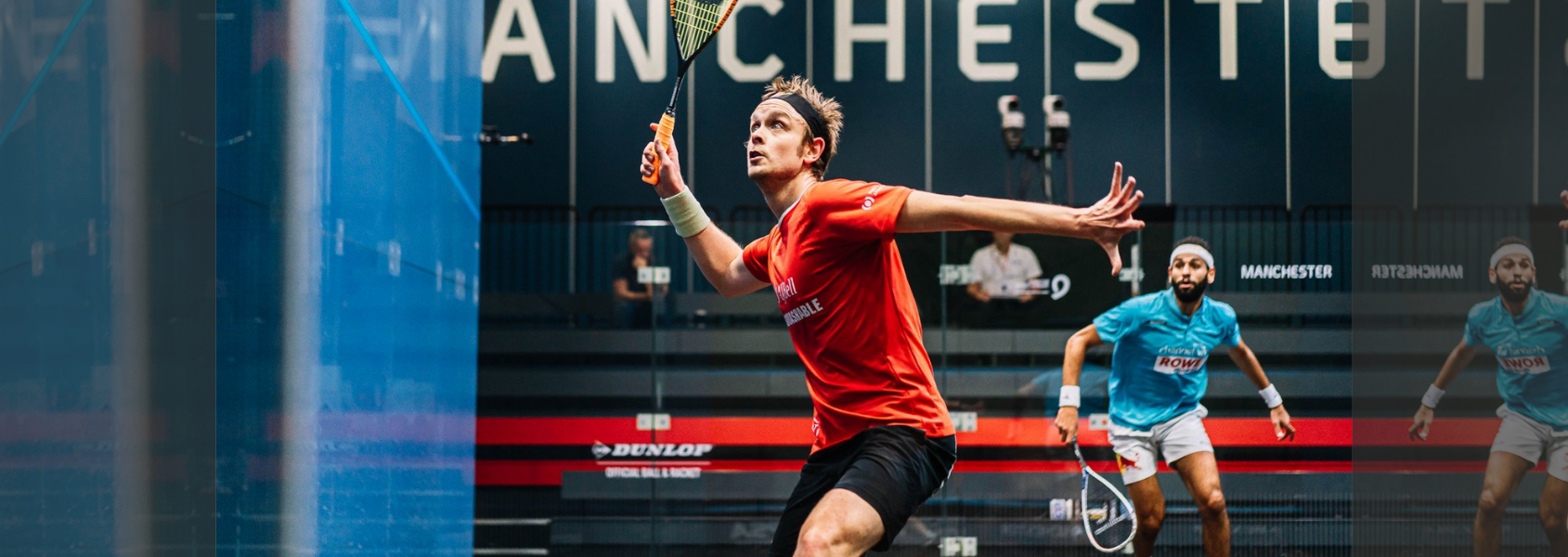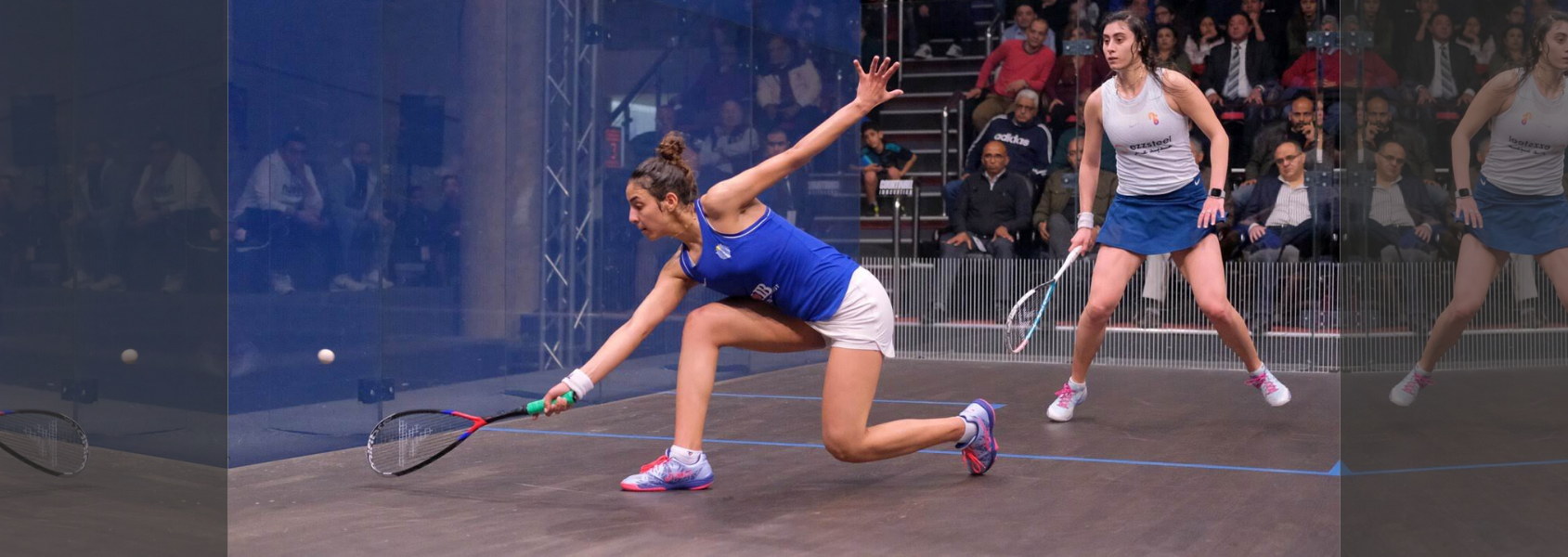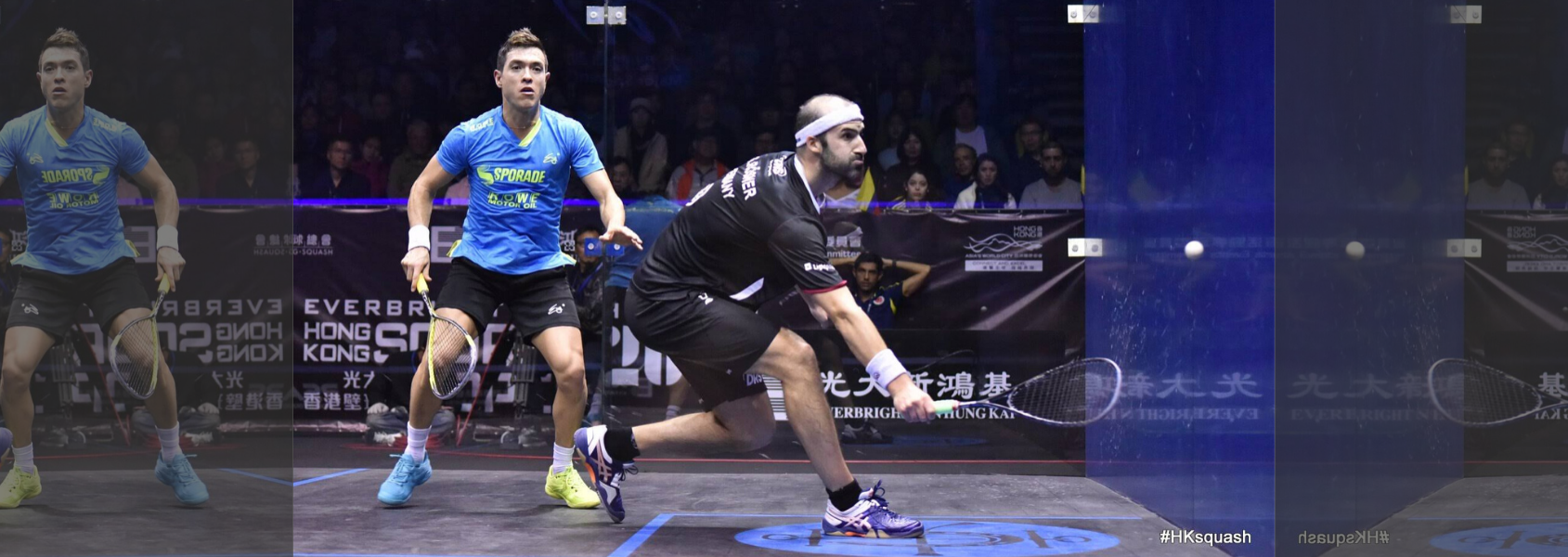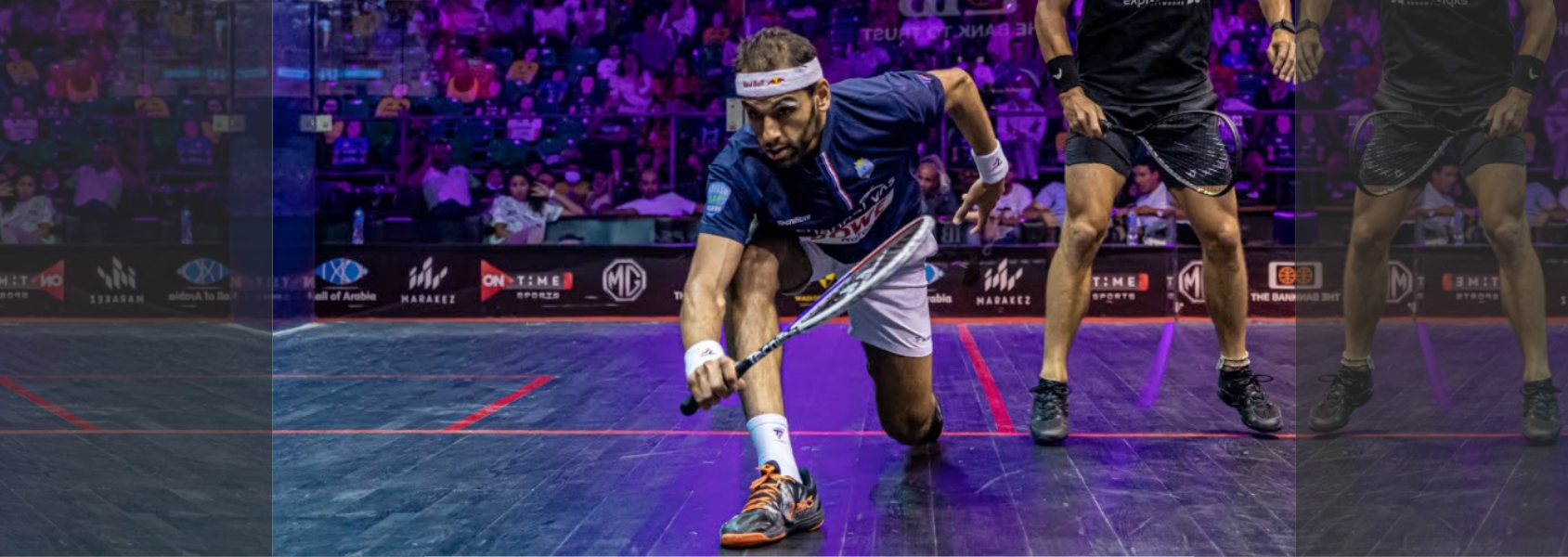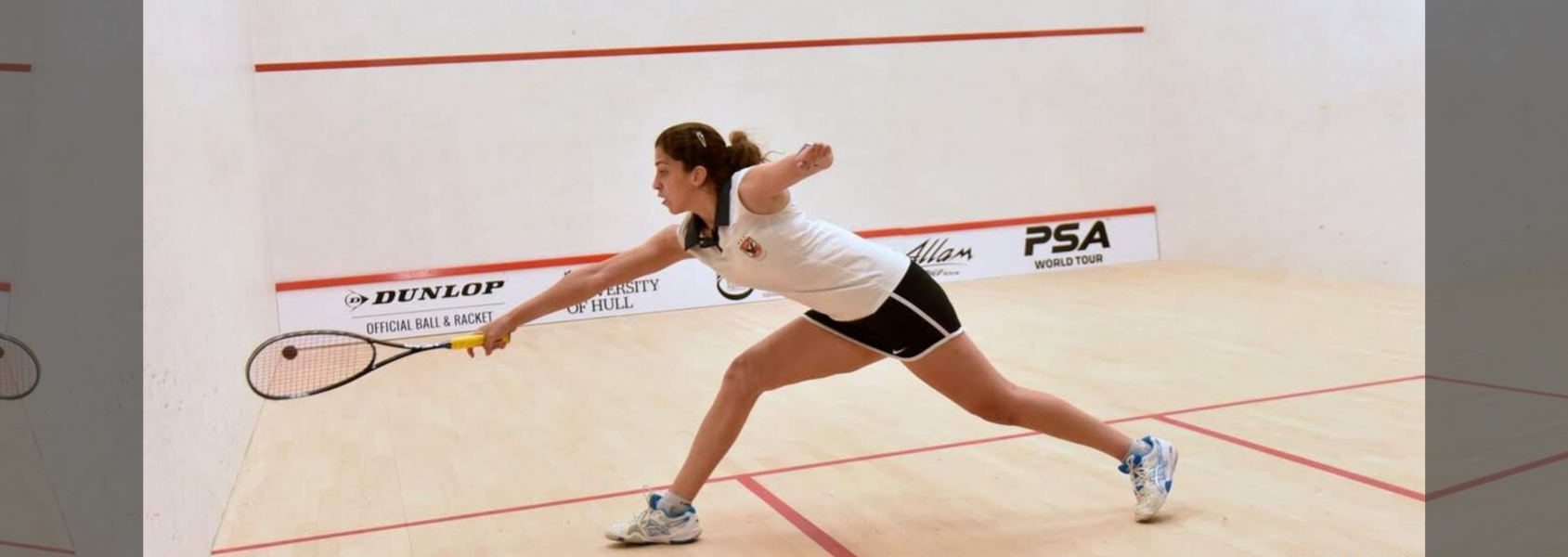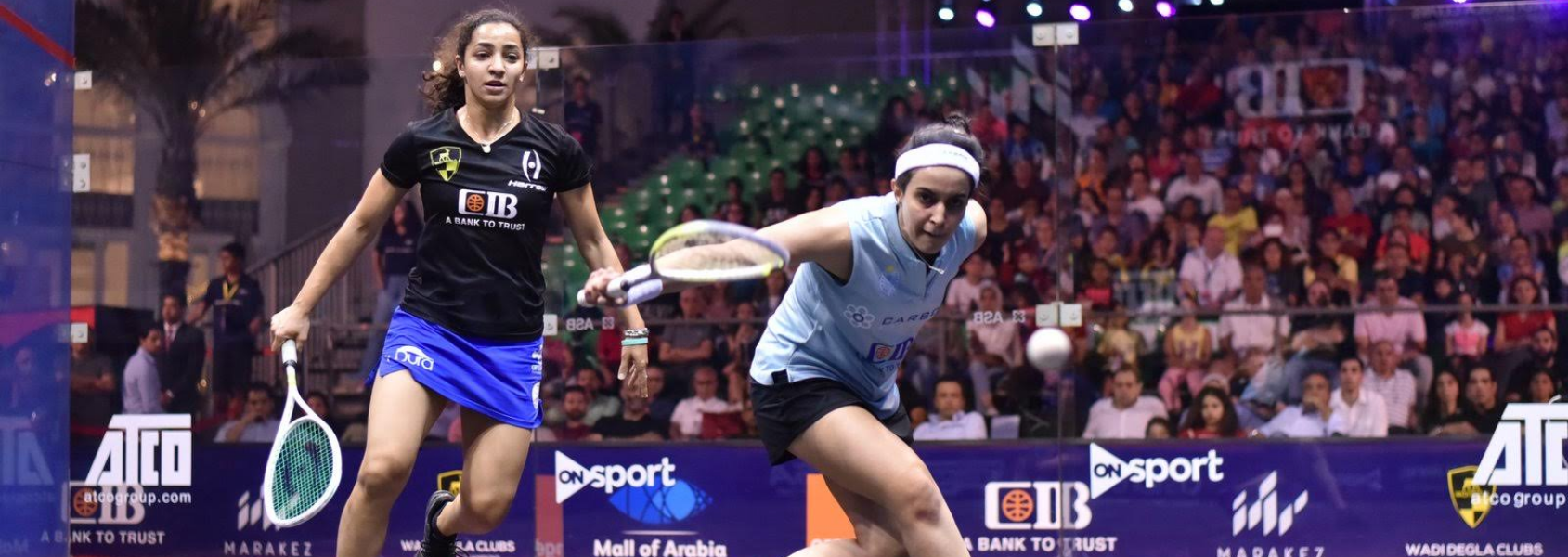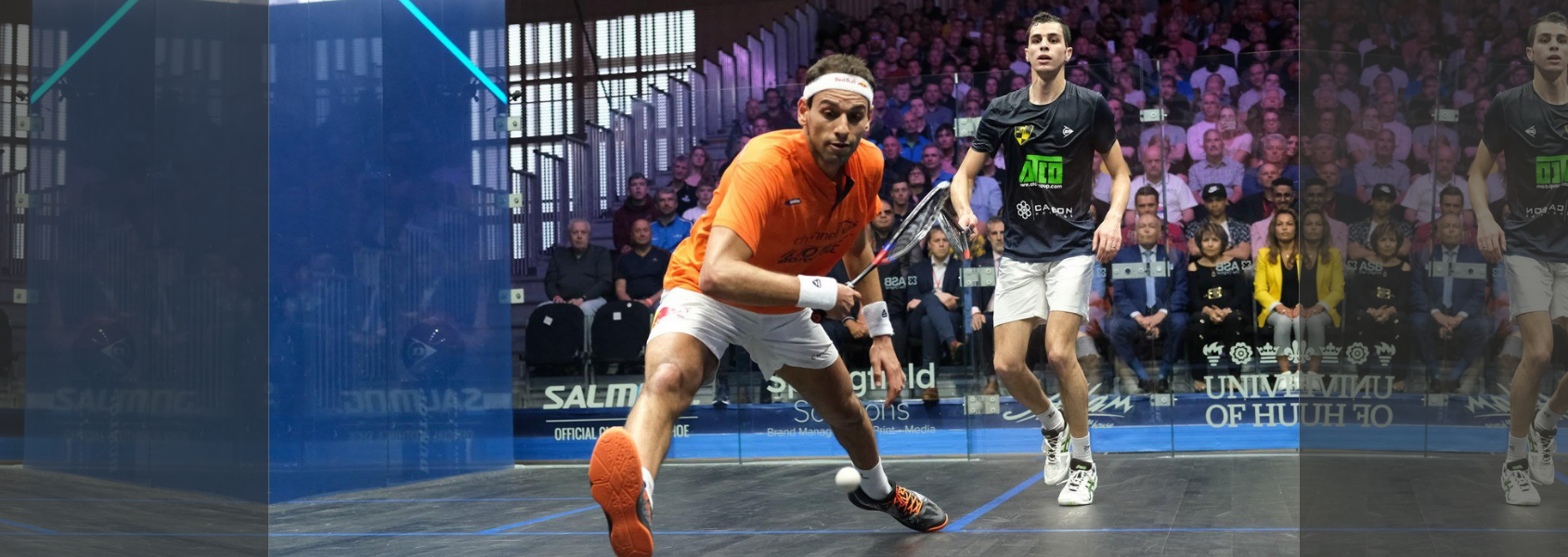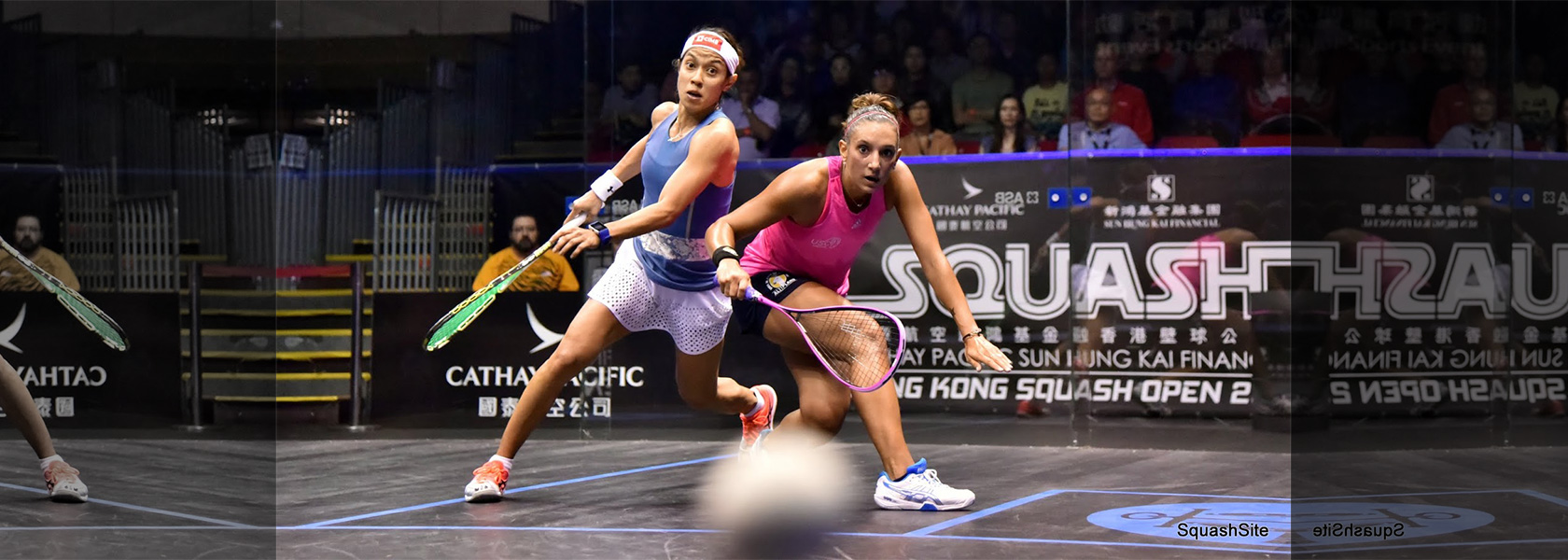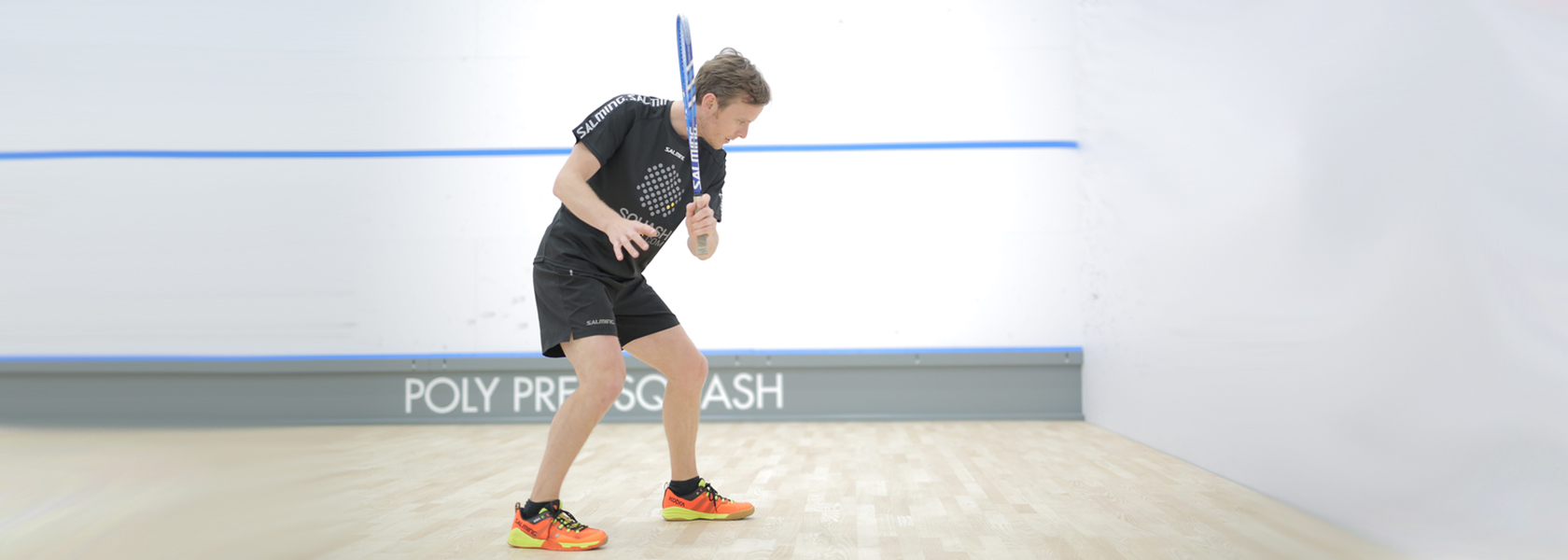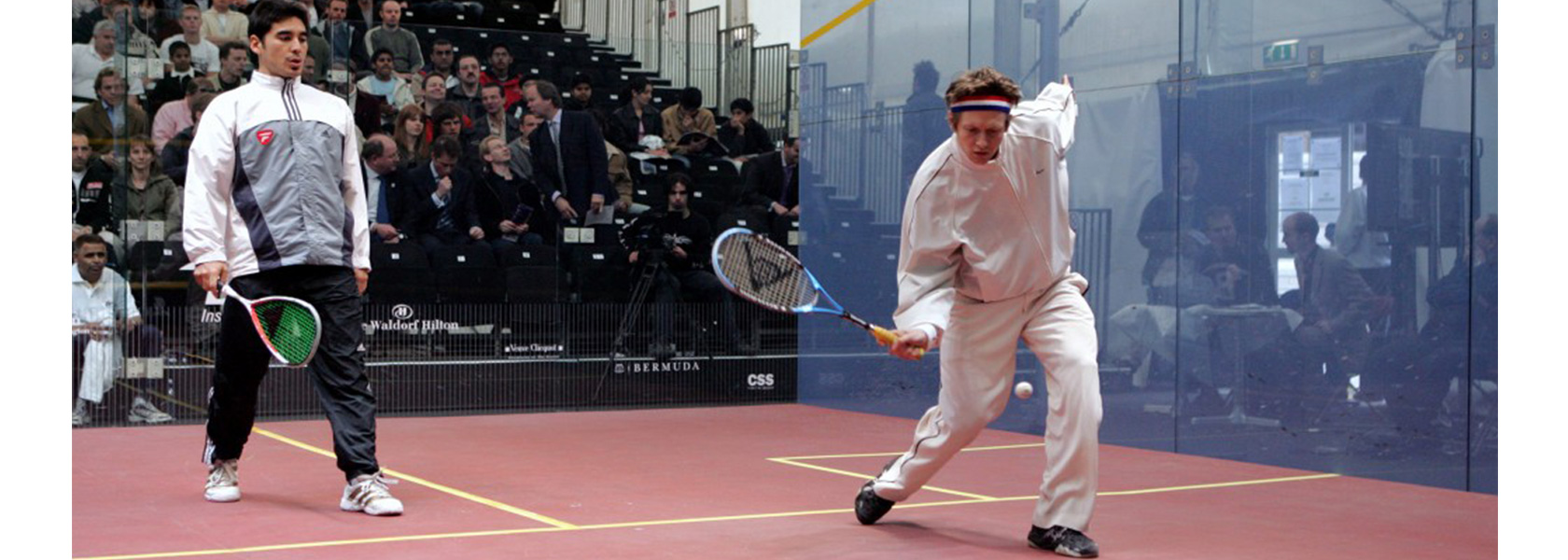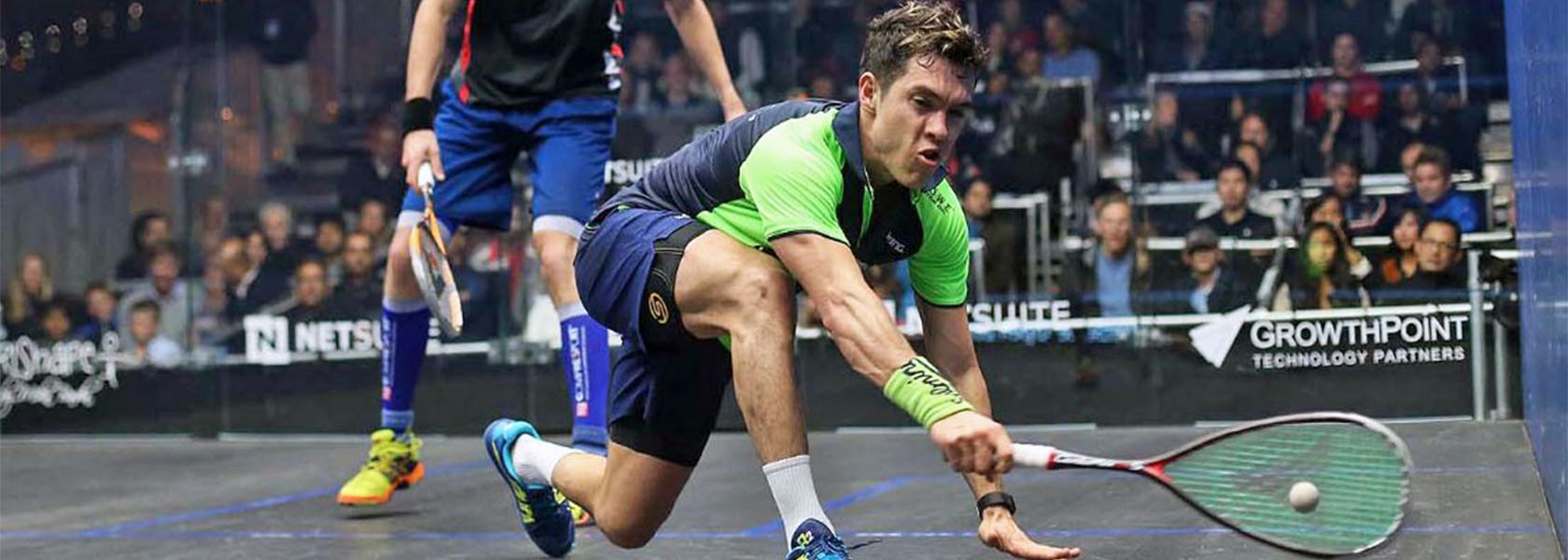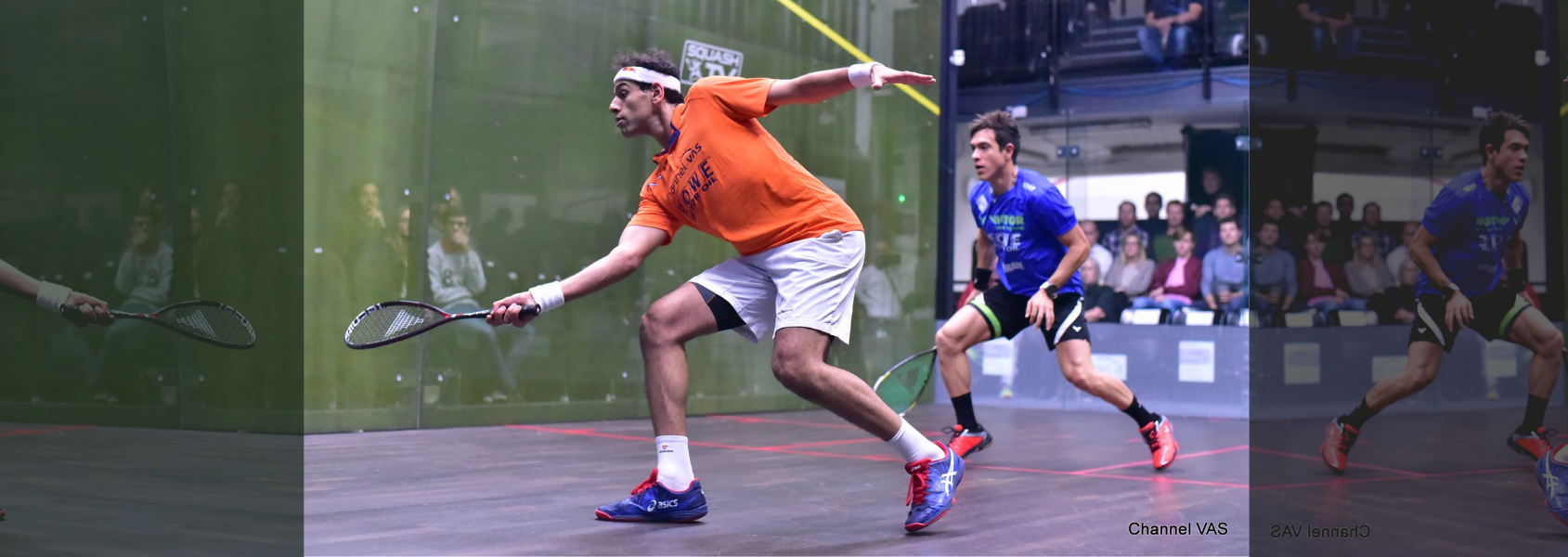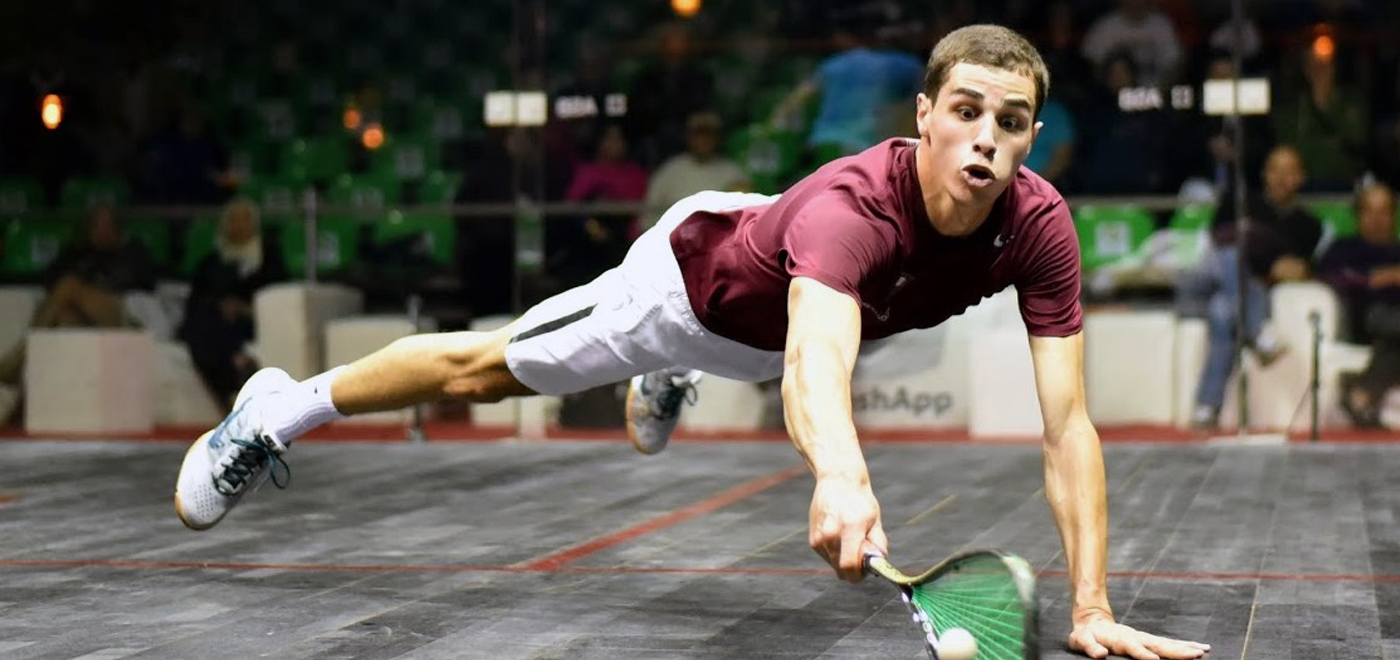Mastering Squash Movement
When it comes to any sport, athleticism and skill are the two major components, each with multiple sub-components. A common misconception is that some people are just born with it, while others are not.
Admittedly, some people are endowed with natural abilities like being tall (which increases their likelihood of being successful at sports like basketball and volleyball) or having a biased ratio of wingspan (and foot size) to height (which increases the likelihood of being successful at swimming). However, genetic predispositions apart (which, by the way, may also be expressed or suppressed to varying degrees based on our environment – i.e., epigenetics), we may all train athleticism and skill.
It is off of this (optimistic) latter fact that we will discuss movement on the squash court!
Zero To Hero: Key Technical Elements – Mastering the Fundamentals of Squash
Improving your squash game starts with mastering the fundamentals. Here, we’ll cover some crucial technical elements to help you build a strong foundation, focusing on key non-negotiables like grip and basic stroke techniques.
Transform Your Forehand: A New Series with Jethro Binns and Jack Mugglestone
In a return to a much-loved and hugely popular format, Jethro Binns teams up with amateur player, Jack Mugglestone to refine his forehand technique and breathe new life into his game.
One Swing, or Many Swings?
Spoiler alert! There is no single correct way to hit the ball. Before you belt some obscenities and close this screen, please read on. You’re likely thinking: “I’ve always been taught to set up with a cocked wrist and racquet up. You’re telling me that’s wrong?” Rest assured; you have not been practicing in vain. Here are some important distinctions to always keep in mind:
Training Slower to Move Faster
‘Training slower to move faster” on the surface sounds perverse, and somewhat of an oxymoron. It’s certainly something that amateur players can struggle to get their heads around, but in the world of high-class sport, it’s not that uncommon a principle.
Common Amateur Fault – Play Slow, Move Quick
When you are playing an opponent who is brimming with confidence and is getting on top of you regularly you need to have a plan and a tactic to fall back on.
One common fault I see in the amateur game is players responding in the incorrect way to this situation. A sense of panic sets in and players start hitting the ball harder and being a little more desperate in all they do. There are a lot of cross-courts and short lengths and the odd Hail Mary shot into the front.
Importance of having a good technique
Having a solid technique has got to be one of the most sought-after assets in the game of squash.
The graceful movement of the pros explained
When observing professional players I have noticed, on the whole, a specific ratio of movement that occurs when they are in control and not having to scramble. The effortless flow and grace around the court is something to behold and admire and there are a few key specifics that they employ in order to allow the ‘walking’ towards the shot as well as back to the T area.
Common Amateur Fault – Lack of chipping
Whenever I walk past a court and see two decent amateur players having a match the first thing that strikes me is the sound that is being produced by the players. Often it is quite a loud sound with lots of hard hitting and heavy movements.
Common amateur fault – not getting low enough
After watching a lot of PSA matches of late and then going in to coach amateur players, one massive disconnect that I am noticing a lot and that is becoming more and more evident is the lack of bend in the knees amateur players use. If you watch a pro match take a moment to notice and look at what is happening in the lower half of the body. It is phenomenal how much they use their knees and legs to contribute to the shot. Amateurs tend to be very limited with the amount of softening of the knees that they use and this contributes to a lot of limitations within their games. If you are going to watch someone, at the moment for me Joel Makin is one of the best in the world at this and I believe part of his recent success is due to how low he gets in his shots.
Common Amateur Fault – Clipping the sidewall
One huge area that I get amateur players to do to improve quickly is the idea of NOT clipping the sidewall when they are playing straight. This is especially true and exaggerated even more when attempting to taking the ball in short.
Using your strings
You often hear a lot of coaches on the site talk about ‘using your strings’ when explaining a concept about how to hit the ball. This seems a particularly common phrase when coaches are talking about taking the ball in short. The concept can also be applied to different subtle types of lengths also and an appreciation of this subtle art is useful. It could be deemed quite an obvious term to ‘use your strings’ as what else would you use right? The frame of your racket? The grip? You obviously want to hit the ball using your strings so what really does ‘using your strings’ mean?
How to be more effective with your finishing
Do you often get wrapped up watching the Shot of the Season videos on the PSA and be in awe of what you have just seen? Or watching how Tarek Momen effortlessly puts in his backhand volley drop inch perfect? Or Ali Farag’s backhand cross-court nick? Or Daryl Selby’s backhand topspin volley? Or Mohammed Shorbagy’s forehand booming kill? Or Nour El Tayeb’s forehand volley kills? Or Raneem El Welily’s forehand to spin deception?
Flow like the French!
We’re delighted to welcome Camille Serme to SquashSkills, as she takes us through her approach to the game technically, tactically, physically, and mentally – all of the 4 crucial components of the competitive squash player.
Getting to grips, with the squash grip
The grip is an essential component of every player’s technique that should be worked on from the very first moment that a player picks up a racket.
Technical vs Outcome driven sessions
As a player, I was driven first and foremost about the outcome of a shot and by extension, the rally. As a coach, I have to stop myself getting too caught up in the technical aspects of the game and allow the players I teach to find ways to achieve the desired outcome without too much technical coaching. Obviously, there needs to be some consistency in form and the mechanics have to be correct for the shot to be accurate. However, there as so many ways to reach the same impact point that too much technical focus can be counterproductive.
Getting the knack of the knock up for squash!
Whatever standard or level of competition you play at, the game of squash always begins with a knock-up – 5mins of hitting the ball back n forth with your opponent, 2½mins on each side. For many amateur players, in particular, this knock-up is nothing more than a necessary evil, used to just briefly get the ball warm before plunging straight into a game. This is a gross oversight, however – taken advantage of correctly, the knock-up can be an excellent way to groove in your shots, scope out your opponent, and to properly prepare yourself for the forthcoming match.
Defending in the front forehand
In the office, we spend a lot of time looking at stills of squash players in action, and there’s one photo that appears over and over again.
Players lunging into the front forehand corner, dropping their hand down the grip and hitting the ball off their right leg.
Attacking Short From The Front Of The Court
I’ve always found going short off an easy ball, even with plenty of time, a challenging aspect of my game. Attacking from the middle of the court is much easier for me as I flatten the racquet head and hit through the ball a little harder, leaving my opponent less able to get onto the ball and counter-attack due to their positioning and shot type. From the back of the court, I could only ever attack by hitting the ball deep again – my highest quality option being a forehand boast.
The importance of good movement in squash
You will have heard us use the saying “you’re only as good as your movement” on a number of different occasions here at SquashSkills. We’re firm believers in the fact that to hit a good squash ball you need to be able to get to the ball, in a solid and stable position.
